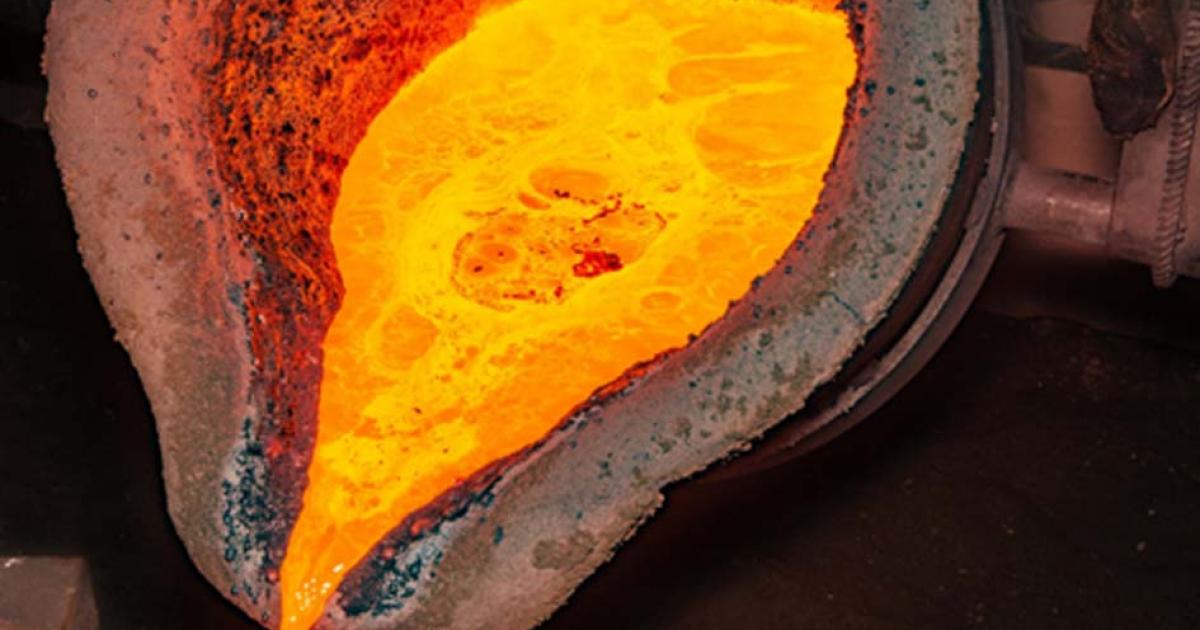
Siberian Nomads Practiced High Tech Iron Smelting Much Earlier Than Thought
Tomsk State University archaeologists have obtained radiocarbon dating of the Kosh-Agach type iron-smelting furnaces found in the Altai Mountains, pre-dating them 300 to 400 years earlier, to the third to fourth centuries AD, before the Turkic Khanate was formed. These furnaces were previously ascribed to the ancient Turkic era of the sixth to 10th centuries. In the 1970s to 1980s a total of 15 Kosh-Agach type furnaces were opened in the Gorny Altai region. These are the largest furnaces of that era in all of Central Asia and they were associated with the first Turkic Khanate.
Paradigm Shift in Archaeometallurgy
In 2018, archaeologists from Tomsk State University in Russia conducted excavations of ancient iron smelting workshops on the banks of the Kuyakhtanar River. They used aerial photography and magnetic reconnaissance to detect furnaces and ore works. The dip-needle work helped to discover a furnace with excellent preservation that for the first time made it possible to completely restore the design and understand the ancient technology of smelting iron.
The work helped to reassess the dates of occurrence of these furnaces in Altai. “Radiocarbon dates showed that stoves of Kosh-Agach type appeared already in the third and fourth centuries AD. Very similar stoves are found later in Southeast Asia”, says Yevgeny Vodyasov, project manager, of the Laboratory of Social and Anthropological Research at the TSU Faculty of Historical and Political Studies.
“The discovery causes a paradigm shift regarding the development of metallurgy. If such complex and productive furnaces appeared in Altai earlier than in Southeast Asia, we need to rethink existing ideas about the spread of technology. This can be greatly helped by research in the border areas of the Russian Altai of Mongolia, Kazakhstan, and China.”

The bloomery was the earliest form of smelter capable of smelting iron. A bloomery's product is a porous mass of iron and slag called a bloom. ( CC BY-SA 3.0)
Capacity of Kosh-Agach Furnace
The average volume of Kosh-Agach-type furnaces is one cubic meter, the rectangular two-meters-by-one-meter (6.56 x 3.28 feet) above ground part is made of clay. The height of the remaining clay walls is 0.5 to 0.7 meters (1.64 – 2.29 feet). The subterranean part consists of a rectangular iron casting chamber about one meter (3.28 feet) deep which is lined with vertical stone slabs. A distinctive feature of these furnaces is eight to 11 holes on each wall. The furnace chamber is built at an angle to discharge liquid slag through an underground channel into a hillside pit. The remaining slag at the bottom of the furnace weighed more than 400 kilograms (881 pounds).
In the Kosh-Agach type furnaces, it was possible to produce an iron sheet weighing about one ton in one melting. A total of 1,500 kilograms (3306 pounds) of clay and stone slabs weighing 1,200 kilograms (2645 pounds) were used for the construction of the furnace.

Combat between Two Mounted Warriors, unknown artist, Turkey, 1550-1600 AD (Public Domain)
Arming the Nomads
Nomads, moving across southern Siberia during the fourth to seventh centuries, were turned into warrior nations. Constant confrontations with neighbors, the need to recapture habitats for themselves and pastures that were suitable for wintering all necessitated military training. However, in addition to military skills and valor, the nomads were in need of another resource - weapons. The main material for its production was iron.
According to the historians and archaeologists, the explosive growth in the volumes of extraction and processing of iron in Tyva, Khakassia, Altai, and Mountain Shoria relates to this period. The mountainous regions rich in minerals quickly turned into a treasury. The “black gold” of the early Middle Ages was not oil, but iron.
The Tomsk University scientists presented the results of their work at the international conference on Archaeometallurgy in Europe 2019, in Miskolc (Hungary). Attended by scientists from Italy, Greece, Bulgaria, Austria, France, and other countries, the TSU archaeologists were the only representatives from Siberia. In addition to the study of iron-smelting furnaces in the Gorny Altai, they discussed the features of metallurgy of the Kuznetsk Tatars and preliminary results of studies of the iron-smelting and forge coke heater in Gornaya Shoria.
Top Image: Metal casting with high temperature fire. Credit: Валерий Моисеев / Adobe Stock















